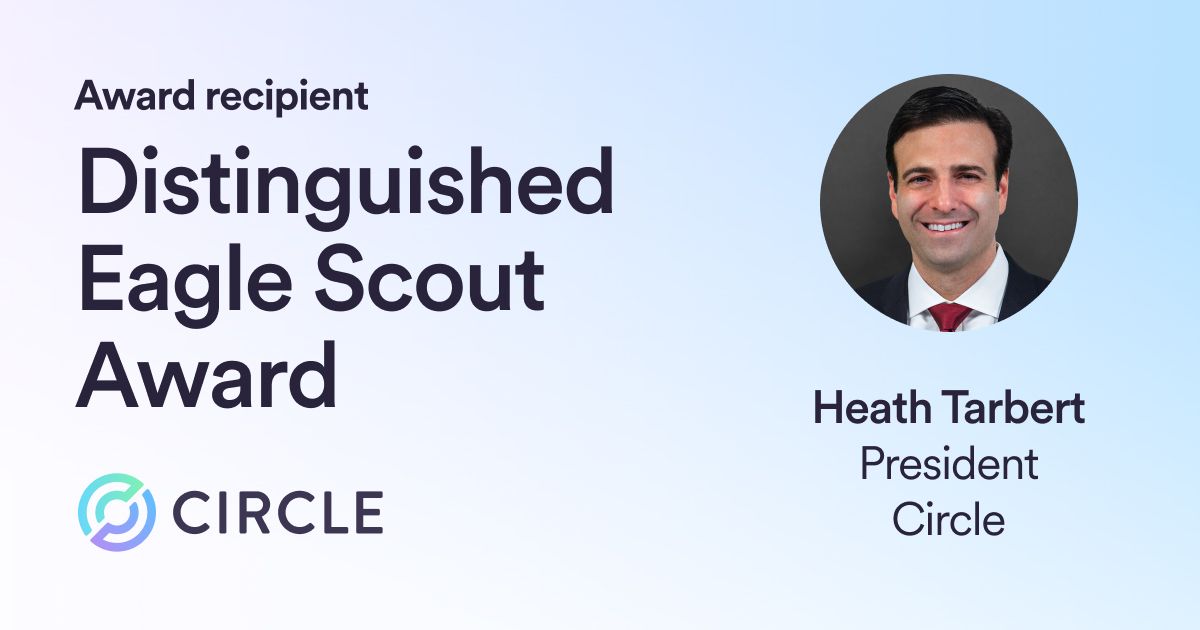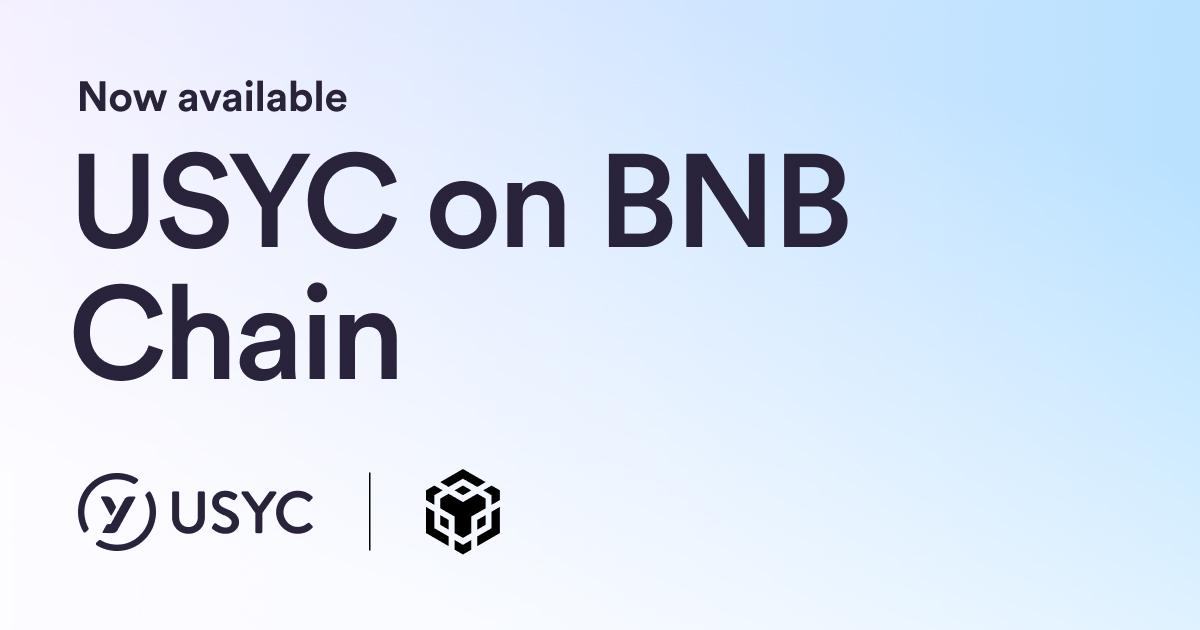Circle highlights the need for European Banking Authority guidelines to follow principles established by MiCA and Transfer of Funds Regulations.

On August 31, Circle submitted its comments to the amendments made by the European Banking Authority (EBA) to extend the scope of its money laundering and terrorist financing (ML/TF) guidelines to Crypto-Asset Service Providers (CASPs). The EBA amendments will set common regulatory expectations of the steps CASPs should take in order to identify and mitigate these risks effectively.
Circle welcomes the publication of clear guidelines that will allow CASPs to carry out their ML/TF risk assessments effectively. However, in its response, Circle highlights the need for these guidelines to be technology neutral and follow principles established by previously adopted EU legislation such as the Markets in Crypto-Assets Regulation (MiCA) and the Transfer of Funds Regulation (TFR).
Circle’s key points
EBA guidelines should follow established MiCA-terms
- The term “Providers of services in the crypto-assets ecosystem” lacks the necessary precision to exclusively comprise businesses subject to regulation under MiCA in the EU. The broad terminology used could unintentionally include providers of technology and ancillary services, such as blockchain analytics, web infrastructure, etc. Such entities are not involved in, and have no control over the flow of crypto-assets, thus presenting a limited risk of money laundering and terrorist financing. We recommend using the MiCA-defined term “crypto-asset service provider.”
The use of self-hosted wallets is not a general indicator of high-risk
- Self-hosted wallets play an important role in the blockchain ecosystem and offer a myriad of benefits, particularly with regards to financial inclusion and payment system optionality. According to the FATF, there is a significant degree of variability in the data related to illicit transactions. This has resulted in a lack of consensus on the size of the P2P sector and its associated ML/TF risk. Moreover, the implementation of the TFR will already address illicit finance risks when transacting with self-hosted wallets through a well-established risk-based approach. This may include the utilization of blockchain analytics tools as well as counterparty data verification. Therefore, CASPs that facilitate transfers to and from self-hosted wallets should not be designated higher-risk entities under the guidelines.
The guidelines should not extend to providers that are exempt from MiCA’s regulatory scope
- If certain EU firms fall outside of MiCA’s regulatory perimeter, these should not be designated as higher risk. The fact that they are left out of EU regulations indicate that they do not warrant financial, prudential and AML regulation in the EU and should therefore not be subject to these EBA guidelines.





